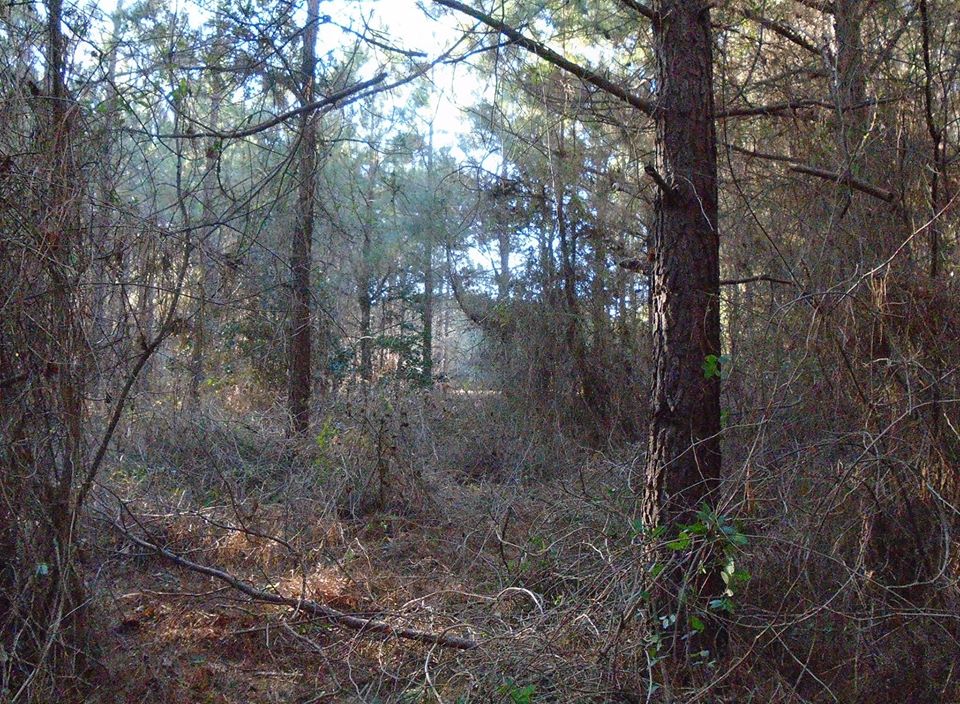
“You didn’t build that” is a accusation sometimes made against the successful and it is correct as far as it goes, which is not too far. But I was thinking about successful strategies in general when I was attacking vines in my woods.
If you count up all the hours I spend working in my woods, probably the most total hours are spent fighting vines. After the first thinning, I will be able to use other means, but now it is up to me. It is fairly labor intensive and I never will win. I don’t mind doing it because it is decent exercise and I get to be in the woods by myself with the quiet to think. And I was thinking about vines.
Vines are semi-parasitic and opportunistic. They tend to show up most where there has been a disruption. They do not bother to build an infrastructure like a tree does. They just climb up and/or lay on top. At best they are mostly harmless, but usually they cause some trouble for the tree, especially if the proliferate.
I can just find and cut the source of the vine and just let them die back and fall off, but I often pull them down. It is the exercise part. Some people in the gym pull on ropes. This is like that. It is interesting to see how far a vine goes. Some of the grape vines can lay across a half dozen trees. When you pull, lots of dead branches and needles fall. It is fun to watch. None are so heavy as to hurt if they hit me. One reason I am fighting the vines now is that they form fire ladders. The vines catch dead wood and needles, forming near perfect kindling to take a fire on the ground into the crowns. This condition also precludes the use of fire as a management tool until after the first thinning or I knock down most of the vines.
Being a vine is not a bad strategy. You can get as high as the trees w/o putting down much of an investment.
There are vine-like strategies in our economy as well as our ecology. Food trucks jump to mind. They don’t spend money on chairs, garbage removal, dining rooms etc. Like the vine, they can impose those costs on others.
New network organizations often follow a vine strategy. Think of Uber or AirBnB. Like vines, they just crawl up existing structures, taking no responsibility to build much of anything beyond the connection. The connection is indeed value added, presuming somebody else builds the frame.
This will be a big challenge to our economy. It is already. It impacts the income differential. It used to be that to build a business you needed to build something physical and hire people. Today a few people can run a massive operation with almost no investment in plant, equipment or people. They are like vines.
Vines are a part of nature and a useful one, as long as there are not too many. When we see whole forests covered in invasive vines, such as Chinese wisteria or kudzu, we know things have gotten out of hand. It is dangerous if we get a kudzu economy.
My photo is from yesterday. I try to walk a more or less straight line into the woods, cutting and pulling down vines as I go. You can see some of the pulled down vines in the picture. I am trying to do a grid pattern and I use market paint to keep track. I am actually making decent progress through persistence if not speed. Not all trees get attacked by vines, but when you find one, you usually find lots and different species. They seem to grow up in places where hardwoods have come in among the pine. Most of the vines do best when they can climb lower branches. The pines provide fewer opportunities at this stage. But I do not think that the hardwoods are causing the problem, at least not entirely. The hardwoods likely have colonized the parts of the woods less dominated by the pines, there is a little more sun and more disturbance, so what brings the hardwoods also brings the vines. It is correlation not causation.
